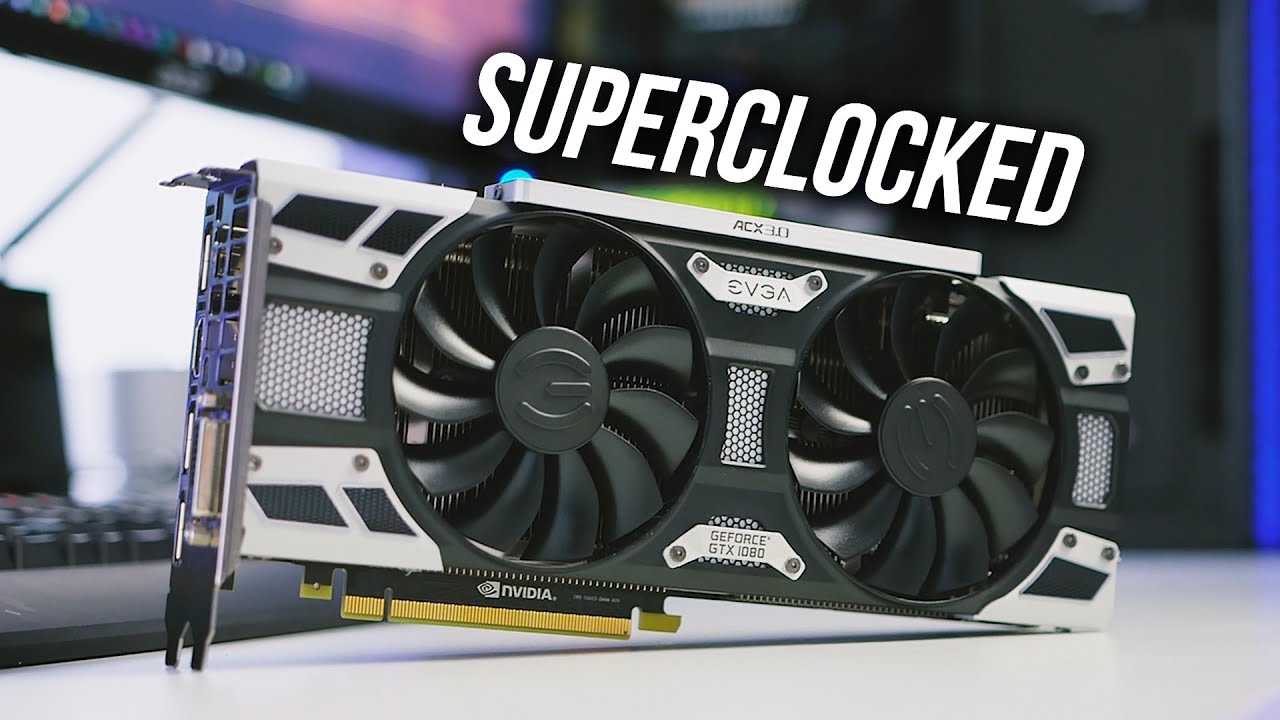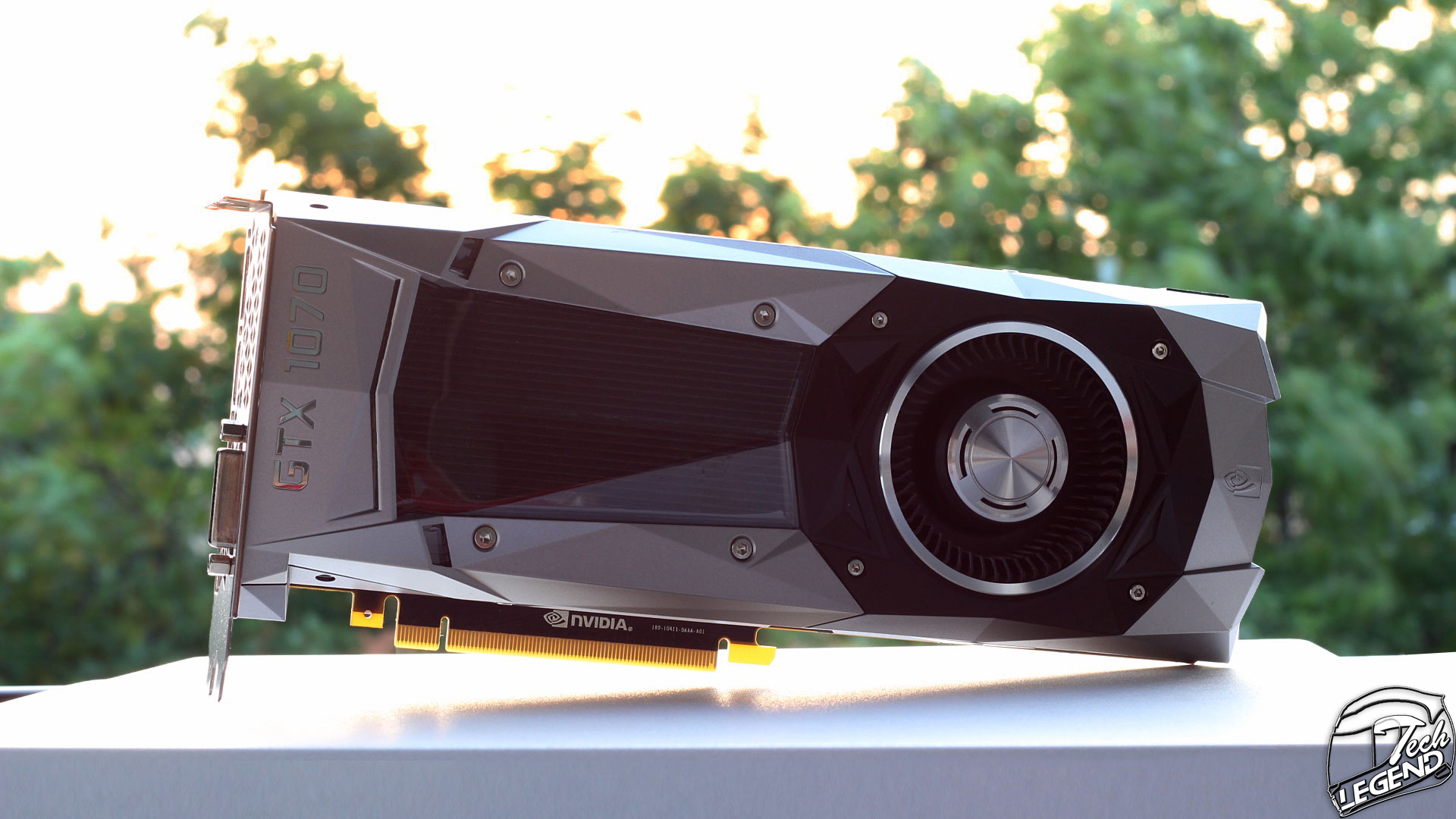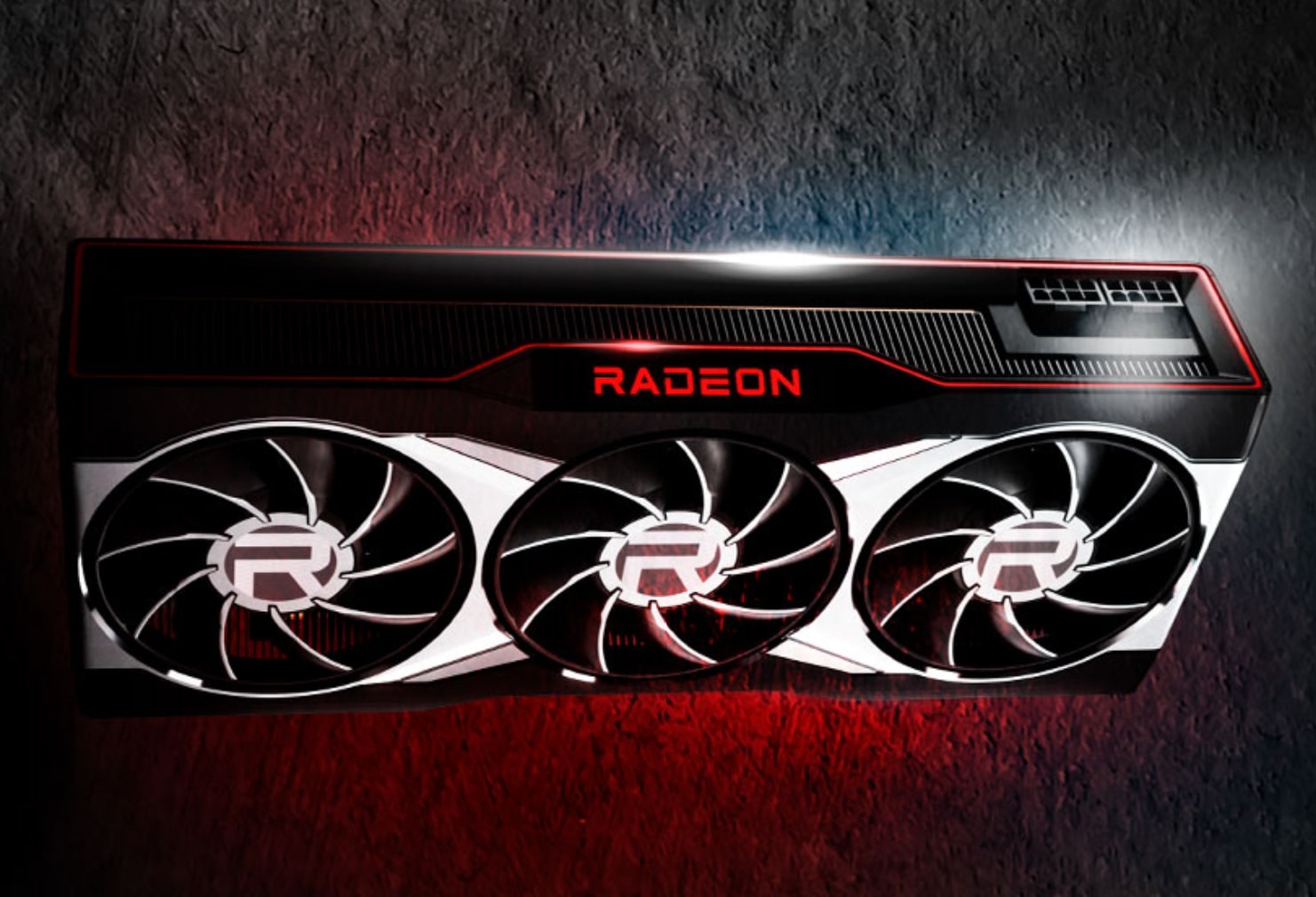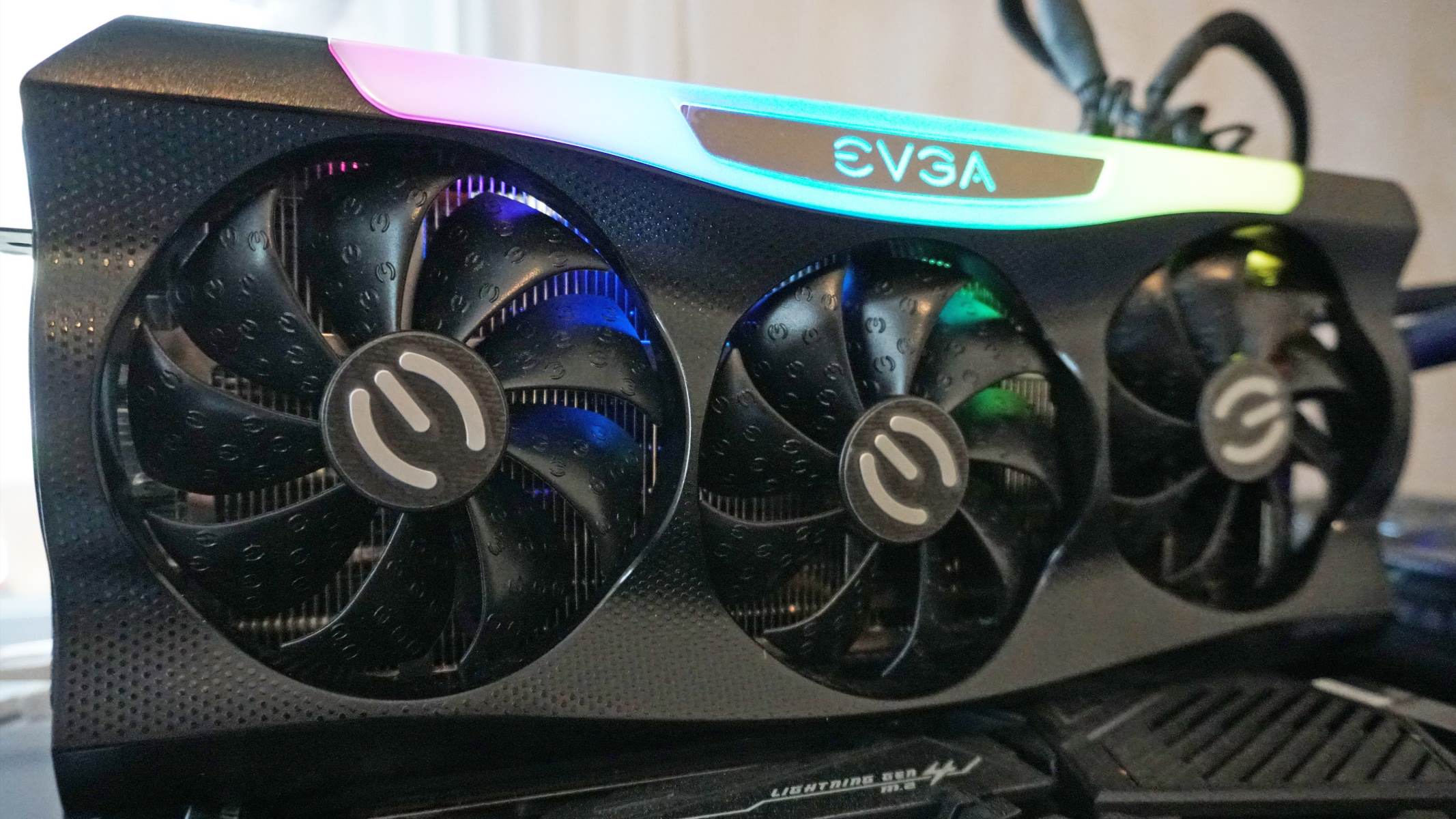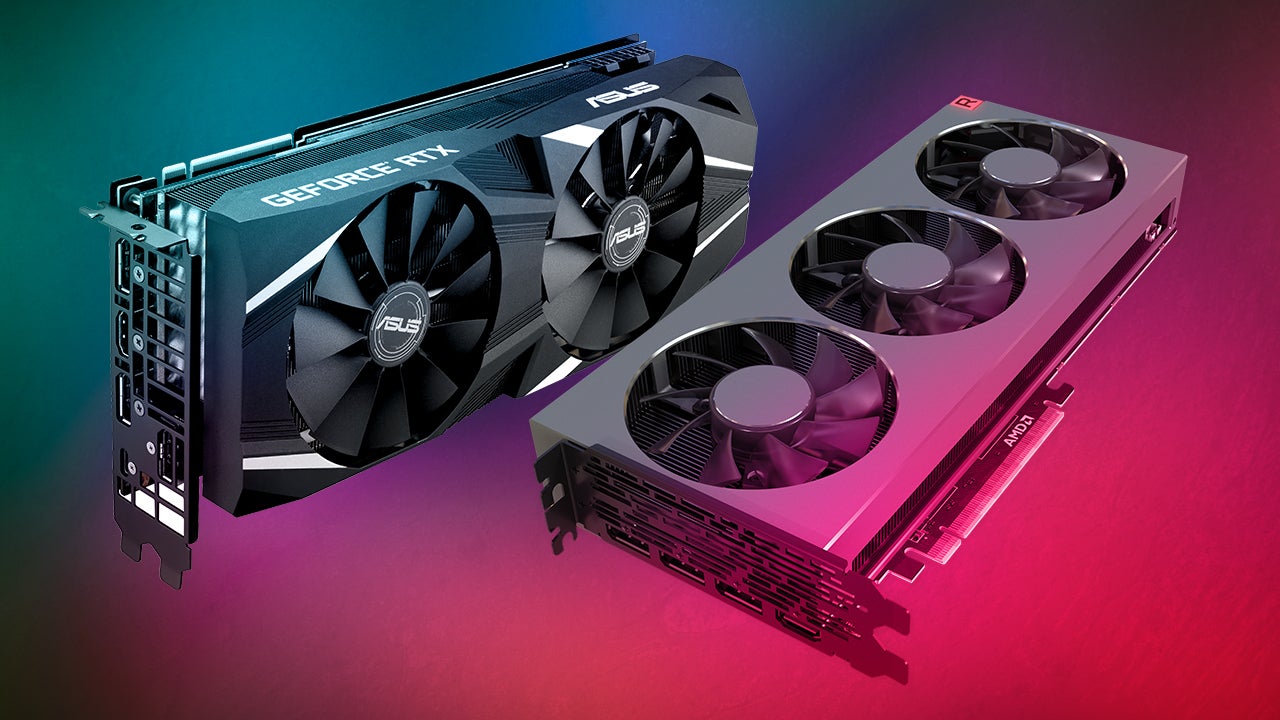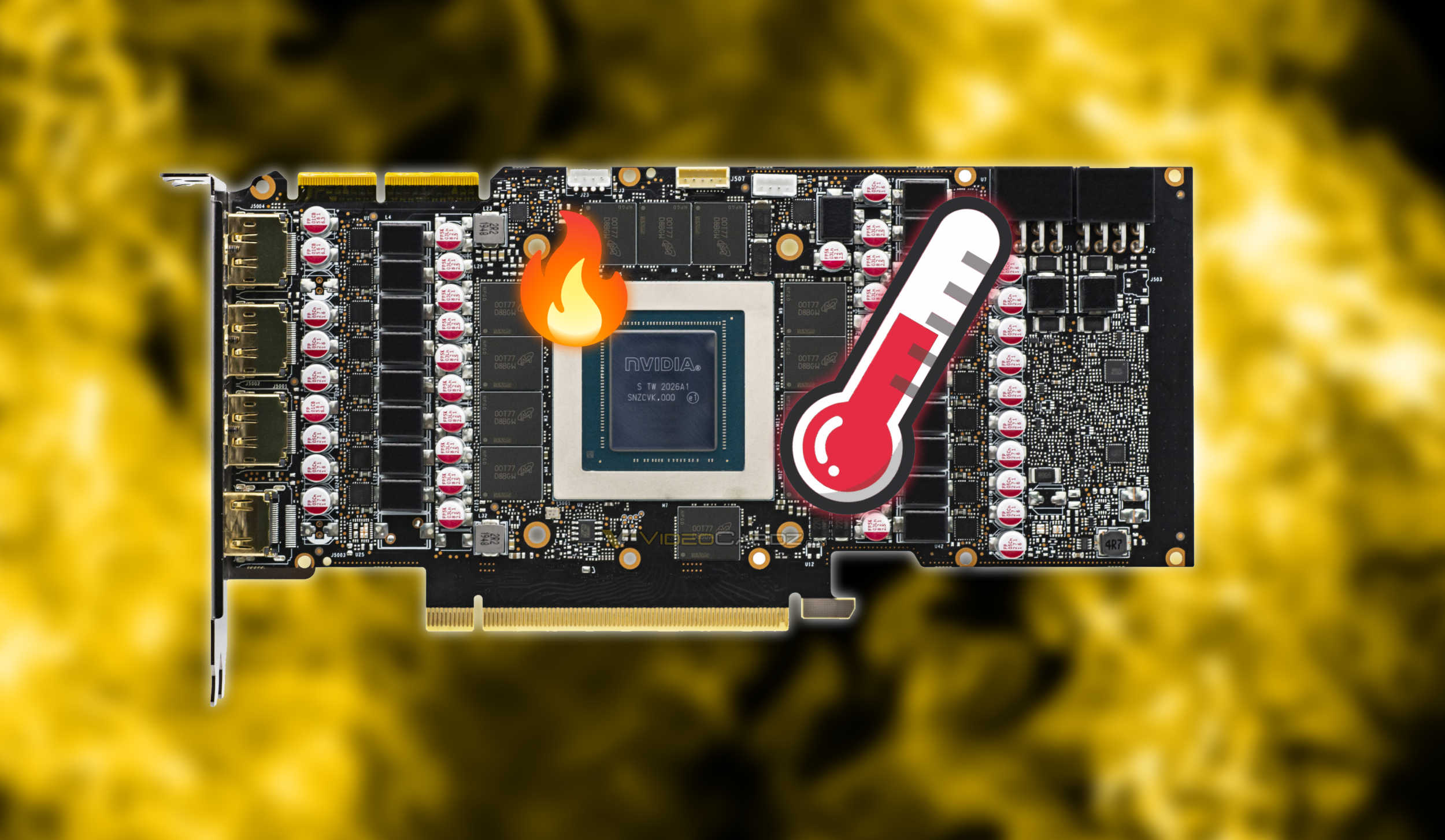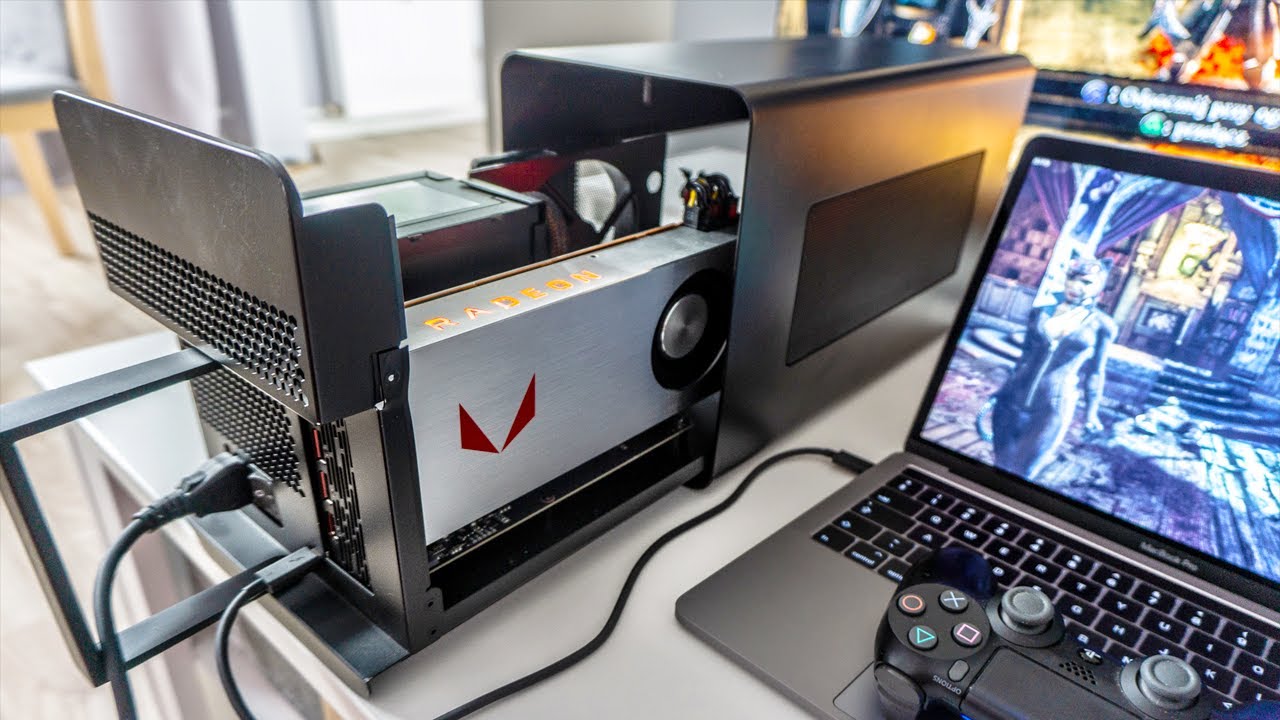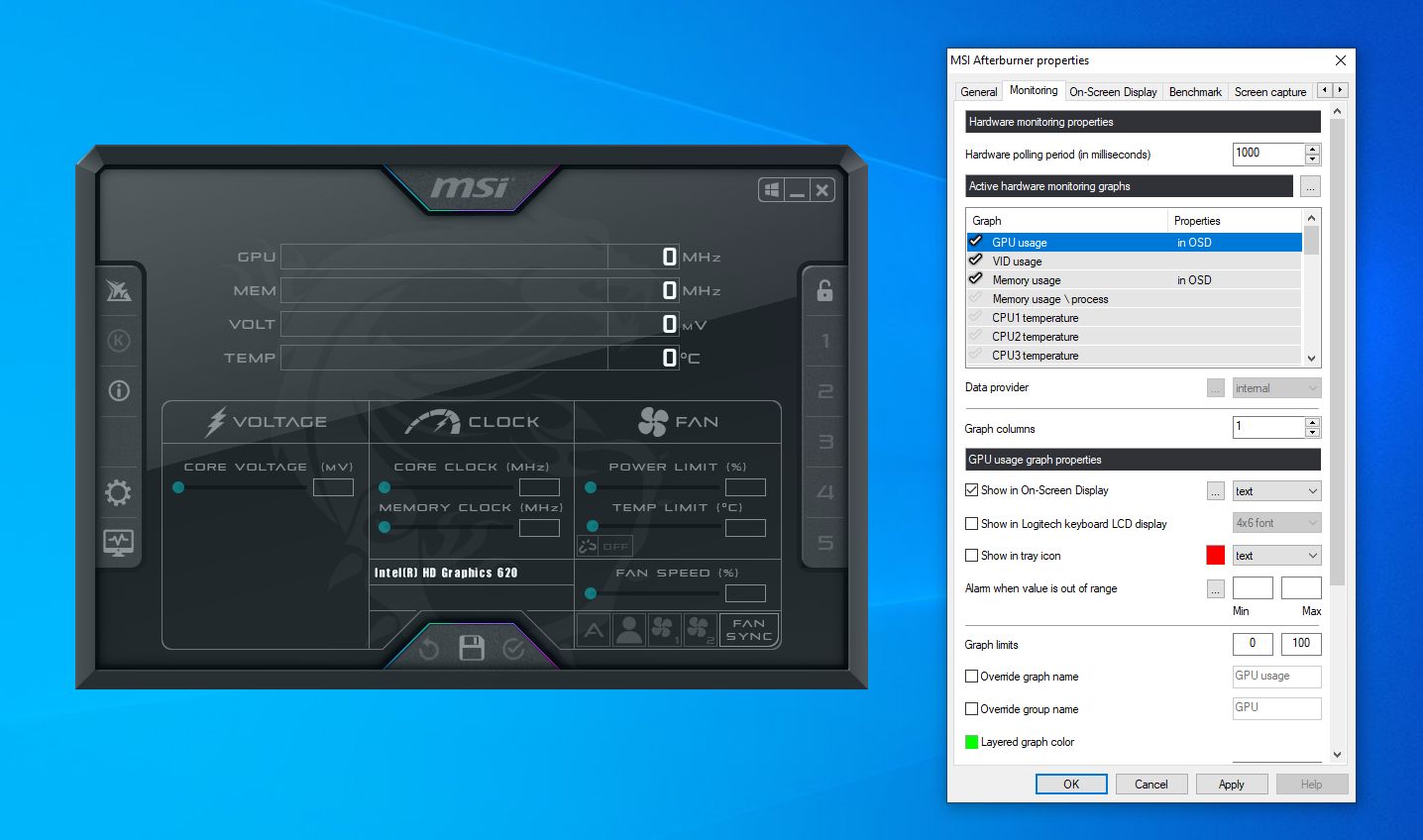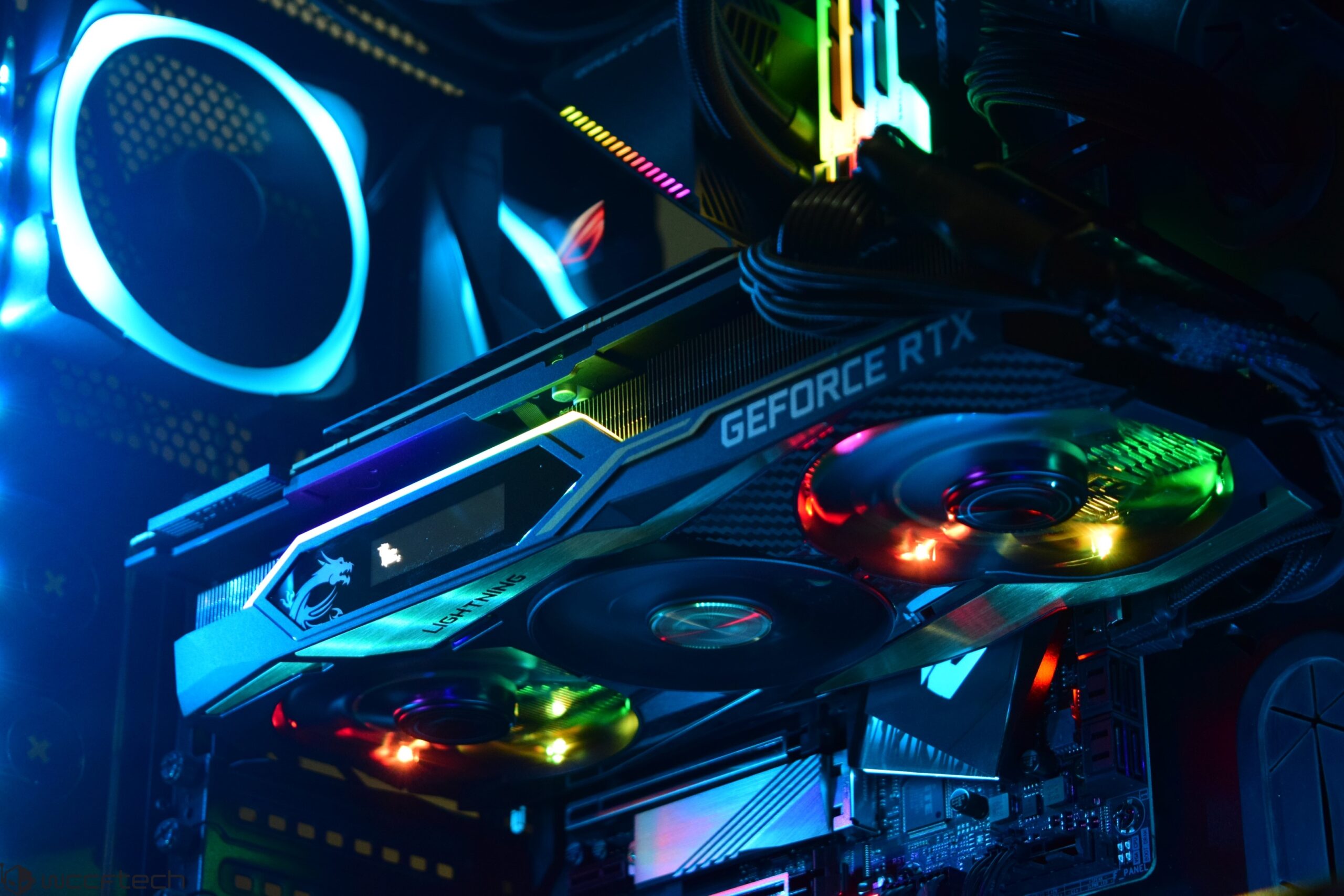Introduction
Gaming and graphics-intensive tasks have become increasingly demanding on computing systems, requiring powerful hardware to deliver smooth and immersive experiences. One crucial component that plays a major role in delivering exceptional graphics performance is the Graphics Processing Unit (GPU). The GPU is responsible for rendering and processing images, videos, and animations, making it an integral part of any gaming rig or high-performance computing setup.
While manufacturers offer a wide range of GPUs to choose from, some enthusiasts and gamers opt for specialized versions known as “superclocked” GPUs. These GPUs are factory-overclocked, meaning they come with higher clock speeds than their standard counterparts. But what exactly does it mean for a GPU to be “superclocked,” and how does it differ from a regular GPU?
In this article, we will explore the concept of superclocked GPUs and discuss their benefits and potential drawbacks. We will also provide insights on factors to consider when purchasing a superclocked GPU to help you make an informed decision for your specific needs and budget.
What is GPU?
Before diving into the concept of superclocked GPUs, let’s first understand what a GPU is. A GPU, short for Graphics Processing Unit, is a specialized electronic circuit designed to accelerate and optimize the rendering of images, videos, and animations. While the Central Processing Unit (CPU) handles general-purpose tasks, the GPU focuses specifically on graphic-intensive computations.
The primary function of a GPU is to manipulate and transform graphical data to generate realistic visuals on displays or monitors. It performs operations such as vertex transformations, rasterization, shading, and pixel calculations. These complex computations are responsible for rendering lifelike textures, realistic lighting effects, and smooth motion in games, videos, and 3D applications.
Modern GPUs are parallel processing powerhouses, consisting of thousands of smaller processing units called “cores” or “stream processors.” These cores work together to perform computations in parallel, significantly accelerating graphics rendering compared to CPUs. Additionally, GPUs possess dedicated memory called Video Random Access Memory (VRAM), which enables fast and efficient data transfer between the GPU and the system’s main memory.
Over the years, GPUs have evolved beyond their initial role in gaming and now find applications in various fields, including scientific research, machine learning, video editing, and cryptocurrency mining. Their immense computational power and parallel processing capabilities make them ideal for handling tasks that require intense data processing or real-time rendering.
What does it mean to be “superclocked”?
When it comes to GPUs, the term “superclocked” refers to a factory-overclocked version of a graphics card. When a GPU is superclocked, it means that the manufacturer has increased the default clock speeds of the GPU’s core and memory beyond the standard specifications set by the chipmaker, such as Nvidia or AMD.
GPU clock speeds determine how fast the GPU can process data and perform calculations. By increasing clock speeds, a superclocked GPU can deliver higher levels of performance compared to its stock counterpart. The increased clock speeds allow for faster rendering and smoother gameplay, enhancing the overall graphical capabilities of the GPU.
Superclocked GPUs are often indicated by special branding or model names provided by the manufacturers. For example, Nvidia uses the term “Superclocked” for its factory-overclocked GPUs, while AMD uses “Xtreme Gaming” or “OC Edition” labels. These designations help consumers identify and differentiate superclocked GPUs from the standard versions when making purchasing decisions.
It’s important to note that superclocked GPUs are not unique in their ability to achieve higher performance through overclocking. Users can manually overclock their GPUs using software tools provided by the GPU manufacturer or third-party applications. However, with superclocked GPUs, the overclocking process is performed by the manufacturer at the factory level, ensuring stability, reliability, and warranty coverage for the increased performance.
Furthermore, superclocked GPUs are often paired with advanced cooling solutions, such as custom cooling fans or larger heatsinks. This helps to dissipate the extra heat generated by the increased clock speeds, ensuring that the GPU remains thermally efficient and operating within safe temperature limits.
In the next section, we will explore how a superclocked GPU differs from a regular GPU in terms of performance and capabilities.
How does a superclocked GPU differ from a regular GPU?
A superclocked GPU differs from a regular GPU in terms of clock speeds, performance, and potentially additional features. The primary distinction lies in the higher clock speeds that superclocked GPUs offer, resulting in increased processing power and improved overall performance.
Regular GPUs come with stock clock speeds determined by the chip manufacturer. These clock speeds are set to ensure stability, compatibility, and optimal performance across a wide range of systems. On the other hand, superclocked GPUs feature higher clock speeds that have been tested and verified by the manufacturer. By increasing the clock speeds, superclocked GPUs can deliver higher frame rates, smoother gameplay, and improved graphics rendering compared to their regular counterparts.
The increased clock speeds of superclocked GPUs translate into improved performance in demanding games, resource-intensive applications, and graphics-intensive tasks. This is especially noticeable in scenarios that heavily depend on GPU processing power, such as 3D rendering, video editing, virtual reality experiences, and high-resolution gaming. Superclocked GPUs are designed to handle these tasks with greater efficiency, resulting in better visual fidelity and more fluid gameplay.
It’s worth noting that the performance difference between a superclocked GPU and a regular GPU may vary depending on the specific models and manufacturers. Some superclocked GPUs may provide a modest boost in performance, while others may offer more significant performance gains. Factors such as the GPU architecture, the number of stream processors or cores, the amount and type of memory, and the cooling solution employed can all contribute to the performance disparity.
In addition to higher clock speeds, superclocked GPUs may also incorporate other features or enhancements. These can include improved power delivery and voltage regulation, enhanced cooling solutions, additional display outputs, or even factory-modified PCBs (Printed Circuit Boards) for better performance and overclocking potential. These additional features can further differentiate a superclocked GPU and provide an edge in terms of performance, stability, and overclocking capabilities compared to regular GPUs.
While the increased performance of a superclocked GPU can be enticing, it’s important to recognize that it comes at a higher cost compared to regular GPUs. It’s crucial to weigh the performance benefits against the price difference and consider whether the extra cost is justified based on your specific requirements and budget.
Next, we will discuss the potential benefits of using a superclocked GPU in your system.
Benefits of using a superclocked GPU
Using a superclocked GPU can offer several benefits for gamers, enthusiasts, and professionals who require high-performance graphics. Here are some of the advantages of investing in a superclocked GPU:
Increased Performance: The primary advantage of a superclocked GPU is its enhanced performance compared to regular GPUs. The higher clock speeds result in faster data processing, improved frame rates, and smoother gameplay in demanding games and applications. This can lead to a more immersive and enjoyable gaming experience or increased productivity in graphics-intensive tasks.
Future-Proofing: By investing in a superclocked GPU, you are equipping your system with the latest performance enhancements and features available. This can help future-proof your system, ensuring that it can handle upcoming games or software updates that may require more graphics processing power. It allows you to stay ahead of the curve and extend the lifespan of your GPU before an upgrade becomes necessary.
Factory-Overclocked Stability: Unlike manual overclocking, which can be a trial-and-error process, superclocked GPUs are thoroughly tested and validated by the manufacturer. This ensures stability, reliability, and compatibility with a wide range of games and applications. The factory-overclocked settings are designed to deliver optimal performance without compromising the longevity or stability of the GPU.
Easy and Convenient Performance Boost: Superclocked GPUs provide a hassle-free performance boost without the need for manual overclocking. This can be particularly beneficial for users who may not have the technical knowledge or desire to engage in manual overclocking processes. Simply installing a superclocked GPU can instantly provide improved performance without any additional steps.
Enhanced Cooling Systems: Many superclocked GPUs come equipped with advanced cooling solutions, such as custom-designed fans, larger heatsinks, or liquid cooling. These cooling systems ensure that the GPU remains at optimal operating temperatures, even during intense gaming or heavy workloads. Improved cooling not only enhances performance but also increases the longevity of the GPU by preventing overheating-related issues.
Manufacturer Support and Warranty: Superclocked GPUs often come with dedicated customer support from the manufacturer. This can include technical assistance, troubleshooting guidance, and firmware updates to ensure the best performance and experience. Additionally, manufacturers typically provide warranty coverage for superclocked GPUs, offering peace of mind and protection against any potential defects or failures.
While the benefits of using a superclocked GPU are clear, it’s important to consider potential drawbacks before making a purchasing decision. We will explore these considerations in the next section.
Potential drawbacks of using a superclocked GPU
While superclocked GPUs offer increased performance and benefits, there are a few potential drawbacks to consider:
Higher Cost: Superclocked GPUs typically come at a higher price point compared to their regular counterparts. The additional performance and factory-overclocking come with a premium. You need to assess whether the extra cost is justified based on your specific needs and budget. It’s essential to consider the expected performance gains and weigh them against the price difference.
Increased Power Consumption: With higher clock speeds and increased performance, superclocked GPUs tend to consume more power compared to regular GPUs. This can result in higher electricity bills and may impact the overall power consumption of your system. It’s important to check the power requirements and ensure that your power supply unit (PSU) can handle the increased power demands of a superclocked GPU.
Potential Heat and Noise: The higher clock speeds of superclocked GPUs may generate more heat during operation. While manufacturers equip these GPUs with advanced cooling solutions, such as larger heatsinks or custom cooling fans, there is still a possibility of increased heat output. This can lead to higher operating temperatures and potentially louder fan noise compared to regular GPUs. Considering the cooling capabilities of your system and the ambient temperature in your environment is crucial to maintain optimal performance and a comfortable computing experience.
Incompatibility with Older Systems: Superclocked GPUs may have higher system requirements compared to regular GPUs, particularly in terms of power supply and cooling. If you have an older system or a compact form factor PC, it’s important to ensure that your system can accommodate the power demands and physical dimensions of a superclocked GPU. In some cases, upgrading other components, such as the PSU or the case, may be necessary to ensure compatibility.
Limited Overclocking Headroom: While superclocked GPUs come with pre-set overclocked speeds, they may have limited room for further manual overclocking. Since the basic clock speeds are already pushed closer to their limits, there may not be much headroom for users who want to squeeze out additional performance through manual overclocking. This may be a consideration for enthusiasts who enjoy the process of fine-tuning their GPU performance.
Compatibility with Software and Drivers: Although rare, there can be instances where certain software or drivers may not be fully optimized or compatible with superclocked GPUs. This could result in potential compatibility issues, instability, or suboptimal performance. It’s important to research and ensure that the superclocked GPU you choose is well-supported by the software and drivers you intend to use.
A thorough consideration of these potential drawbacks alongside the benefits will help you make an informed decision when considering a superclocked GPU for your system. In the next section, we will discuss important factors to consider when purchasing a superclocked GPU.
Factors to consider when purchasing a superclocked GPU
When purchasing a superclocked GPU, it’s essential to consider several factors to ensure you choose the right GPU that meets your needs and requirements. Here are some key factors to consider:
Performance Needs: Evaluate your performance needs based on the games, applications, or tasks you intend to use the GPU for. Determine the level of performance you require and assess whether a superclocked GPU is necessary or if a regular GPU will suffice. Consider factors such as desired frame rates, resolution, graphics settings, and the specific demands of the software you use.
Budget: Set a budget for your GPU purchase and consider the price difference between superclocked GPUs and regular GPUs. Determine if the increased performance of a superclocked GPU justifies the additional cost. Keep in mind that investing in other components, such as a higher-resolution monitor or a faster CPU, may offer better overall performance gains compared to allocating a significant portion of your budget to a superclocked GPU.
System Compatibility: Ensure that your system has the necessary power supply capacity and physical space to accommodate a superclocked GPU. Check the GPU’s power requirements and ensure that your power supply unit (PSU) can handle the extra power demands. Also, verify that the GPU’s dimensions do not exceed the available space in your system case. Additionally, ensure compatibility with the motherboard and other components, considering factors such as PCIe slot availability and compatibility with the operating system.
Cooling Solutions: Pay attention to the cooling solution employed by the superclocked GPU. Consider factors such as the number and design of cooling fans, the size and efficiency of the heatsink, and the manufacturer’s reputation for cooling solutions. Adequate cooling is crucial to maintain optimal operating temperatures and prevent performance throttling or hardware damage.
Manufacturer and Support: Research the reputation and reliability of the GPU manufacturer. Look for brands known for producing high-quality and well-supported GPUs. Check for customer reviews, warranty terms, and customer support availability. A reputable manufacturer will offer good customer support, driver updates, and firmware enhancements to ensure your GPU’s performance and longevity.
Overclocking Potential: If you have an inclination towards manual overclocking or want the flexibility to push the GPU performance further, consider the overclocking potential of the superclocked GPU. Read reviews and user experiences to determine if the GPU has room for further overclocking. Some superclocked GPUs may have limited overclocking potential due to already higher clock speeds, while others may offer more headroom for enthusiasts to fine-tune performance.
Connectivity and Display Support: Assess the GPU’s connectivity options and consider the specific requirements of your display setup. Check the number and type of display ports available on the GPU, ensuring compatibility with your monitors or VR headsets. If you require multiple displays, make sure the GPU can support them without sacrificing performance.
Future Upgradability: Consider the future upgrade potential of your system. Evaluate the expected lifespan of the superclocked GPU and its compatibility with future technologies or software updates. Choosing a GPU that aligns with your future upgrade plans can save you money in the long run and ensure that your system remains capable of handling upcoming advancements.
By carefully considering these factors, you can make an informed decision when selecting a superclocked GPU that delivers the performance, compatibility, and value you desire. Remember to balance your needs, budget, and future upgrade plans to choose the best GPU for your specific requirements.
Conclusion
Superclocked GPUs offer an enticing option for individuals seeking increased graphics performance in their systems. With higher clock speeds, these GPUs deliver improved gaming experiences, smoother graphics rendering, and enhanced productivity in graphics-intensive tasks. However, before making a purchasing decision, it’s crucial to consider various factors.
Assess your performance needs, budget, and system compatibility. Determine if the increased performance justifies the higher cost of a superclocked GPU. Consider factors such as power supply capacity, physical space, and cooling solutions to ensure compatibility with your system. Research reputable manufacturers known for quality GPUs and reliable customer support.
Remember that while superclocked GPUs provide advantages, they may also have drawbacks, such as increased power consumption, temperature concerns, or limited overclocking potential. Weigh these considerations against the benefits to make an informed decision that aligns with your needs and preferences.
Finally, when purchasing a superclocked GPU, evaluate factors like connectivity options, future upgrade potential, and the manufacturer’s support and warranty. By considering these factors holistically, you can ensure that the superclocked GPU you choose delivers the performance, stability, and value you seek.
Ultimately, selecting a superclocked GPU involves finding the right balance between performance, cost, compatibility, and future expansion. By considering these factors and making an informed decision, you can enhance your system’s graphics capabilities and enjoy a more immersive, seamless, and visually stunning experience in gaming, multimedia, and professional graphics work.







